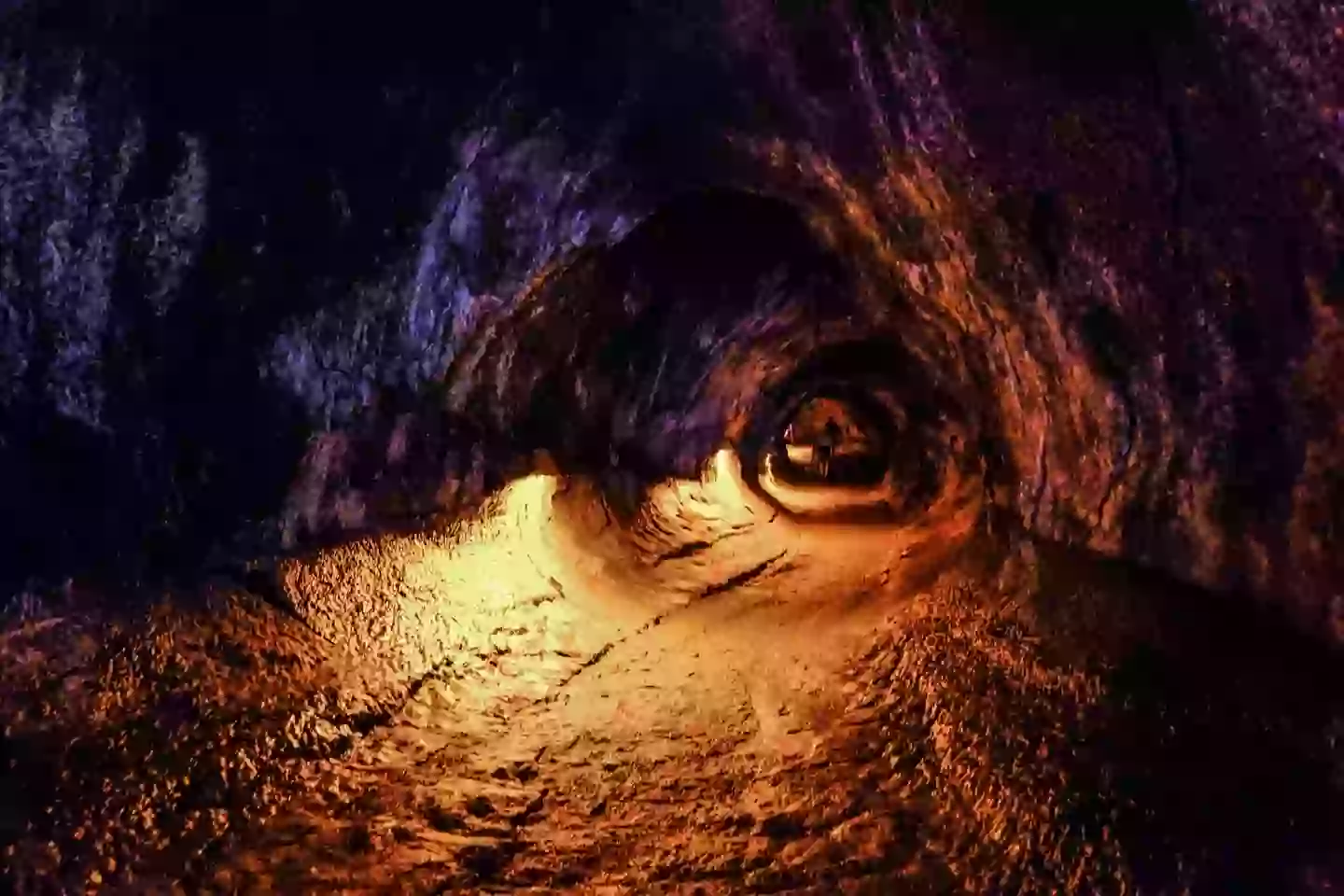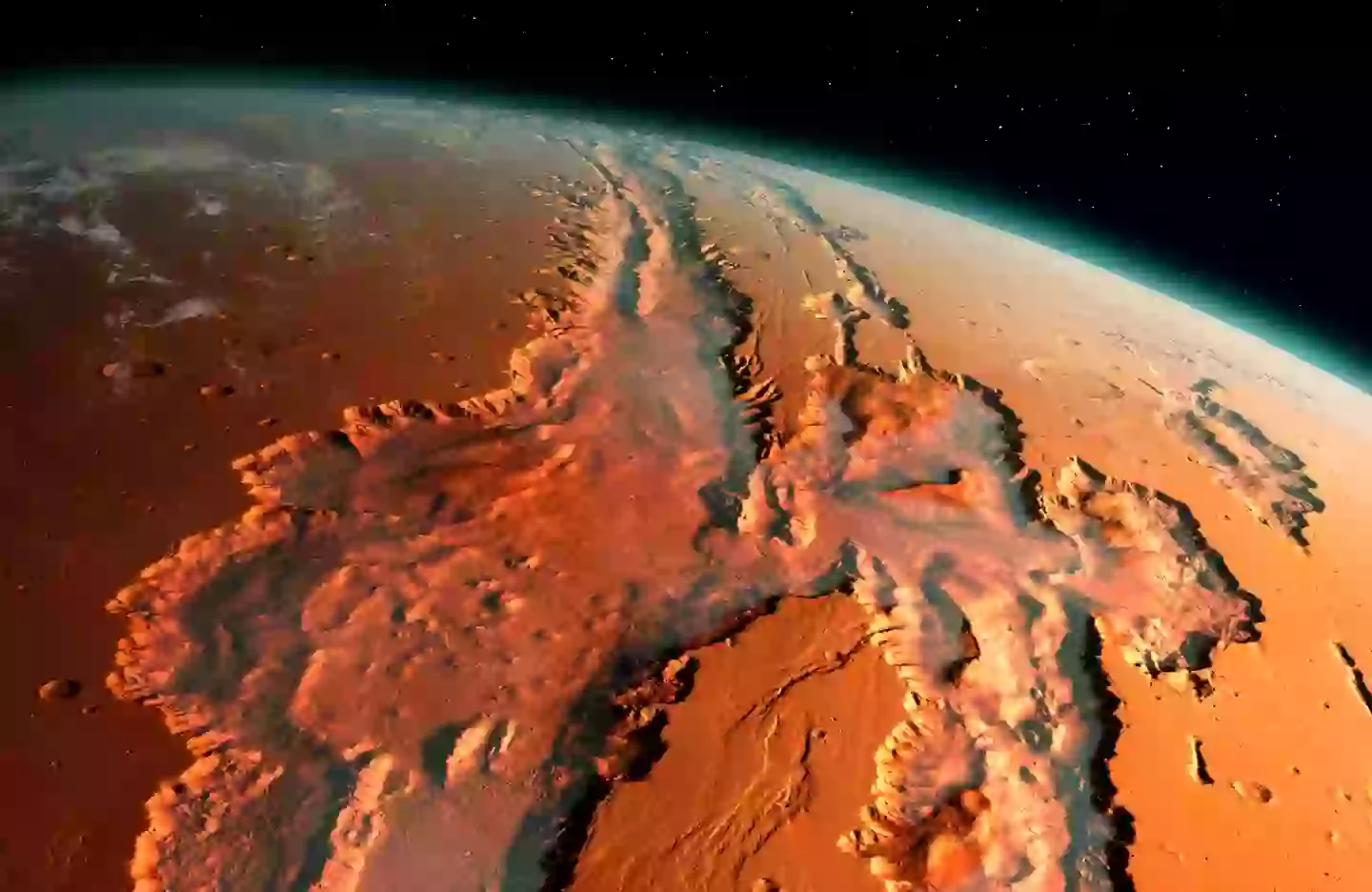
Scientists and billionaires around the world have pretty lofty goals to get a manned mission successfully to Mars and back - the first step to setting up bases there.
For humans to actually live on Mars, though, some serious protection would be needed from its far harsher climate compared to Earth.
While many science fiction novels and movies over the years have shown Mars with huge protective domes on its surface, enclosing bases containing humans, another way to live on the planet would be going underground.
Advert
While excavation could be difficult, though, Mars might hide some secrets to make this way easier, in the form of lava tubes.

That might sound like a simplified name, but it's actually the official designation for these large tunnels - the sort that we've observed on Earth around volcanos in Hawaii, for example.
This is relevant because various photos have been taken over the years of Mars' surface, and a fair few of them have demonstrated massive craters and holes in some locations - largely thanks to the High-Resolution Imaging Science Experiment (HiRISE) camera on NASA's Mars Reconnaissance Orbiter (MRO).
Advert
Scientists now think that some of these could be the long-since obstructed tops of lava tubes that have lain dormant for ages, and that they could give access to subterranean caverns or networks that could be colonized.
The challenge is that we don't actually know what they are - let alone what might actually be down there.
Looking at one when the Sun's light is obscuring it can make the crater seem like a bottomless pit, but at another time of day its floor could be visible just a few dozen meters below the lip.

Advert
This might mean that we could break through a thin crust at the top to find caves below, or it might mean that there's nothing to be found, and the only way to establish this beyond doubt would be to explore them.
Whether that means we'll start seeing robots and probes on Mars exploring these craters and caves is hard to say - the reality is that we're so far off the point of being able to establish a base on Mars, that there are other big priorities right now.
The good news is we've also spotted similar caves and holes on the Moon, something that we're likely to get a base onto much sooner than Mars.
Even if these craters just end up providing a little cover from the harsh atmosphere, that's better than nothing, but it's possible in the very long run that they'll end up being much more than that.